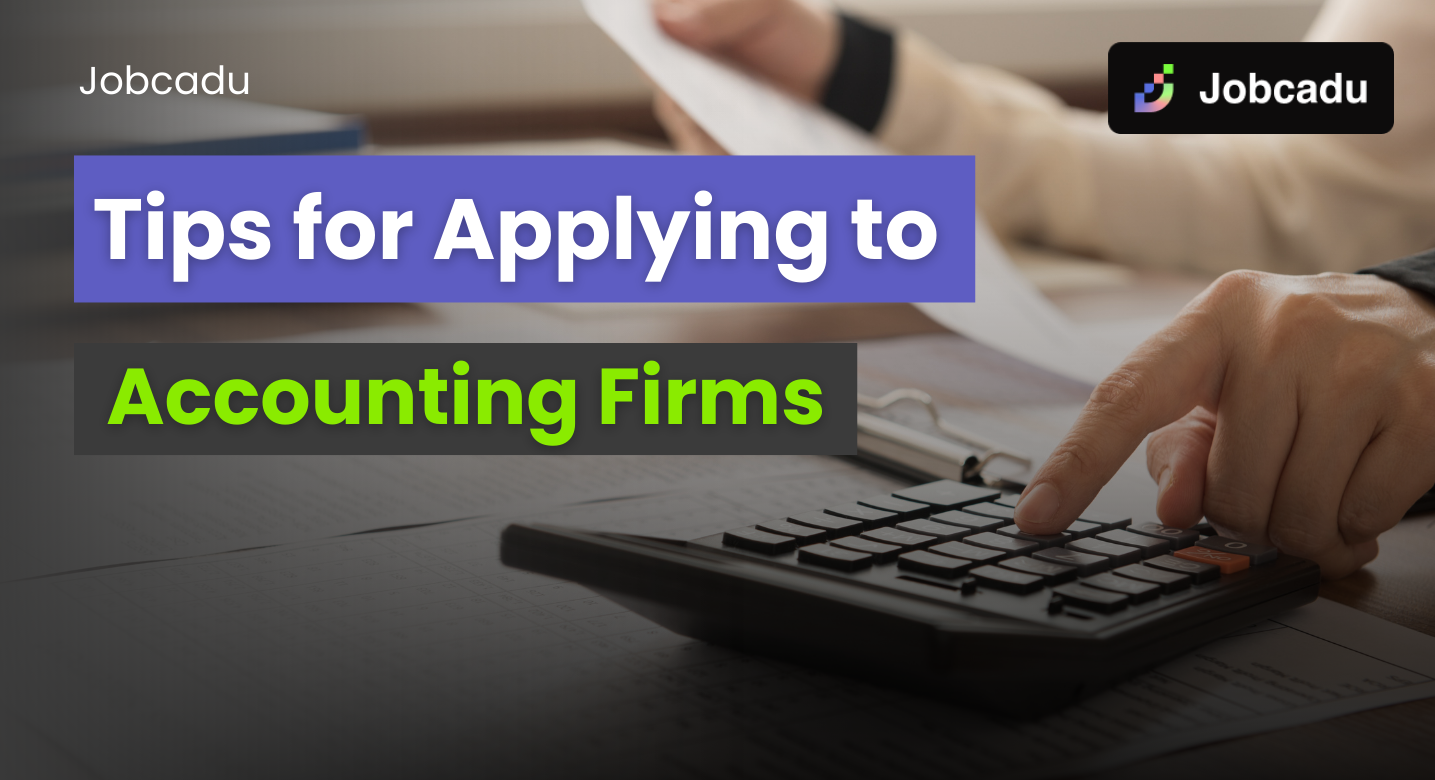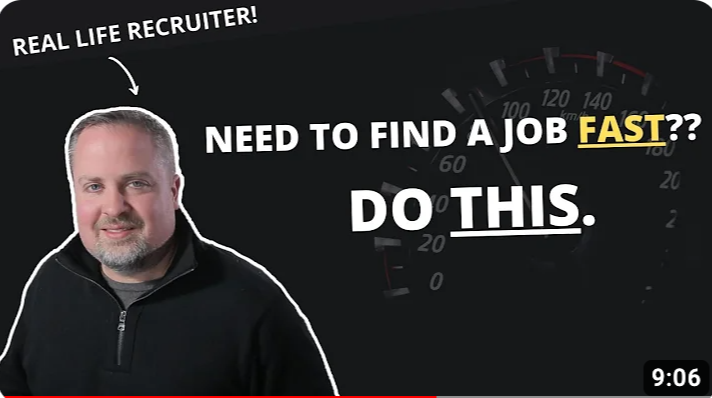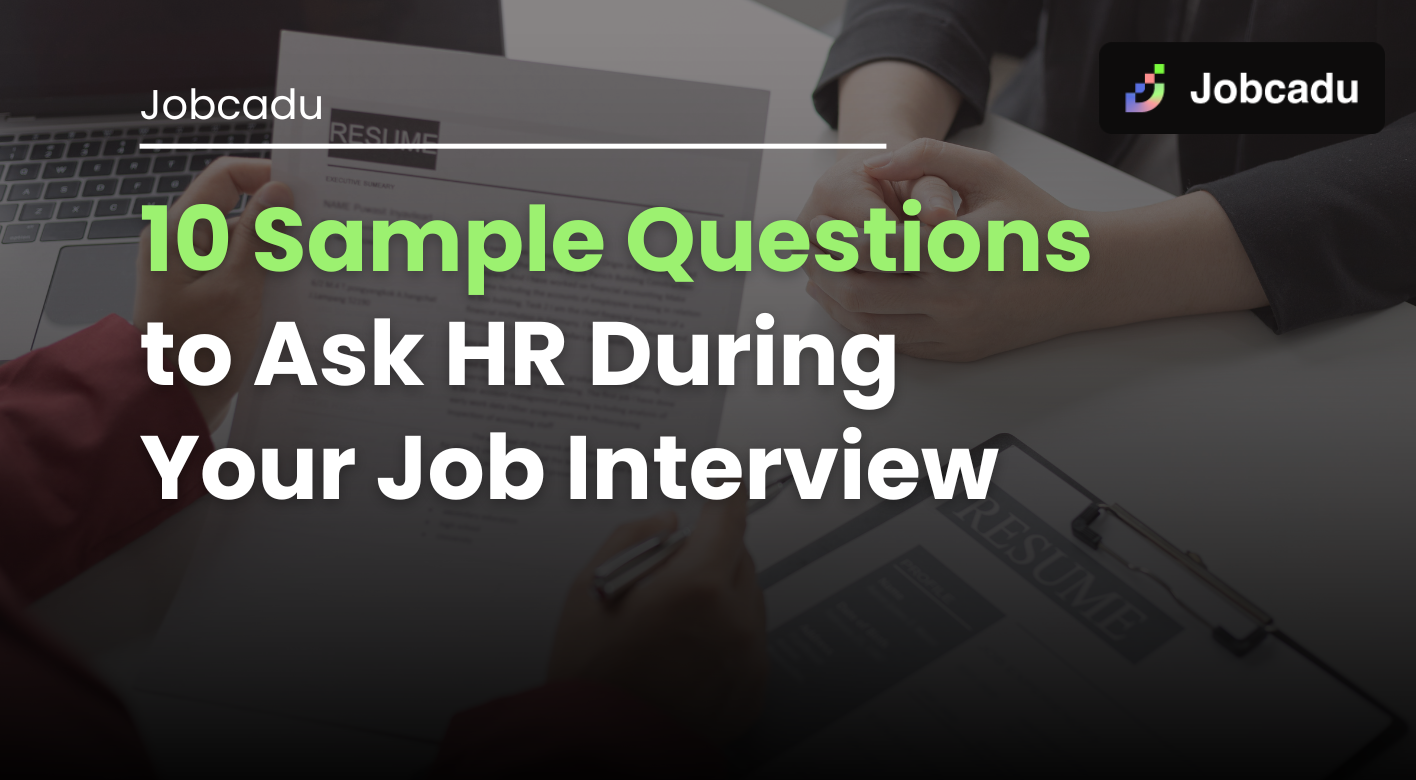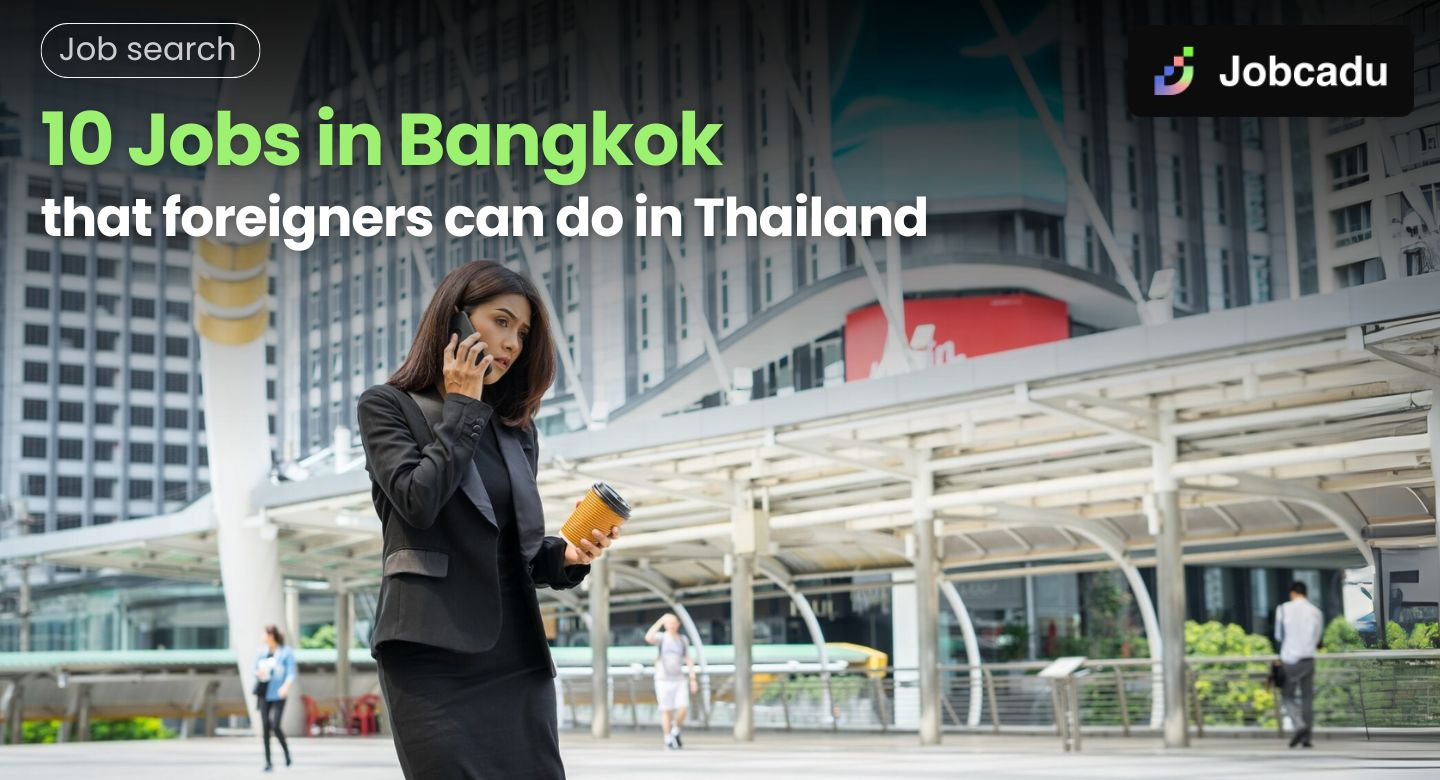What is AI fatigue?
In recent years, artificial intelligence (AI) has shown up everywhere: in boardroom slides, marketing campaigns, and financial reports. Yet behind the hype lies a paradox: companies talk a lot about AI, but real adoption remains limited. This gap between promise and practice is what experts now call AI fatigue.
AI fatigue happens when AI is promoted as a “silver bullet” for every business problem, but its real impact on profits is weak. Many projects stop at the pilot stage or serve as brand polish rather than delivering measurable economic value.
According to McKinsey, more than three-quarters of companies say they use AI in at least one function. But only 17% report that AI delivered more than a 5% impact on EBIT (earnings before interest and taxes) over the past year. In other words, most of the noise hasn’t turned into results.
Why do companies talk more than they act?
1. Data barriers and system integration
AI is only as good as the data it runs on. Incomplete, fragmented, or poor-quality data undermines results. Many companies also struggle with privacy, compliance, and disconnected systems. IBM research shows the top barriers are lack of AI talent, complex data, high costs, and scaling challenges.
2. Organizational capability gaps
AI may dominate strategy decks, but few firms have enough data scientists, ML engineers, or cross-functional teams to bring it into production. Proof-of-concepts look promising, but full-scale rollouts often stall.
3. Hollow governance and shadow AI
Cisco found that just 31% of organizations have a clear AI policy, and only 13% feel fully ready to use AI—a drop from last year. Weak governance increases risks around security, compliance, and model quality. Meanwhile, “shadow AI” emerges: employees using generative AI tools without oversight or alignment.
4. Hidden costs and infrastructure limits
AI isn’t just about licensing fees. Companies also pay for GPUs, energy, compliance, monitoring, and system integration. The IEA predicts that global data center electricity demand could double by 2030, with AI as the main driver—a cost variable many CFOs underestimate.
5. Stuck in the pilot phase
Research from BCG shows that only 25% of companies generate real value from AI, and just 4% capture significant impact at scale. Most remain locked in the “PoC purgatory” cycle: sleek demos that never scale into business results.
 Signs of AI fatigue
Signs of AI fatigue
AI features appear in strategy slides, but core KPIs stay flat.
Small teams experiment with AI, but it never connects to core systems like ERP or CRM.
ROI expectations are high, but KPIs and roadmaps to track value are missing.
How to overcome AI fatigue
1. Focus on workflows tied to profit
Don’t chase AI for its buzz. Start with processes that directly drive EBIT—such as customer service, inventory management, or conversion optimization.
2. Invest in people and ways of working
BCG estimates AI value comes from 10% algorithms, 20% data, and 70% people and process. Training staff and redesigning workflows matter more than simply plugging in new tools.
3. Establish clear AI governance
A strong policy framework on data, copyright, and security lowers risk and builds a foundation for scaling AI responsibly.
4. Calculate the real costs
Factor in total cost of ownership (TCO)—from infrastructure and energy to integration and compliance. Choose use cases that deliver positive margins after full costs are considered.
5. Build flexible organizational models
Pair an “AI platform team” (handling infrastructure and data) with “product teams” (focused on business KPIs). This speeds up the transition from prototype to production.
Conclusion
AI fatigue highlights the gap between words and action. For AI to become a true competitive advantage, companies must focus on workflows, data, people, and governance—not just the technology itself.
When AI is tied to EBIT and core processes, it delivers real value. Otherwise, it remains a buzzword, decorating slides and demos without moving the bottom line.
In this landscape, some platforms are proving AI can go beyond the hype. Jobcadu is redesigning the hiring experience end-to-end: from AI-powered job descriptions to real-time candidate matching, helping employers cut recruitment cycles and reduce costs.
Discover Jobcadu’s AI today and make hiring faster, smarter, and more effective.


.png&w=3840&q=75)








